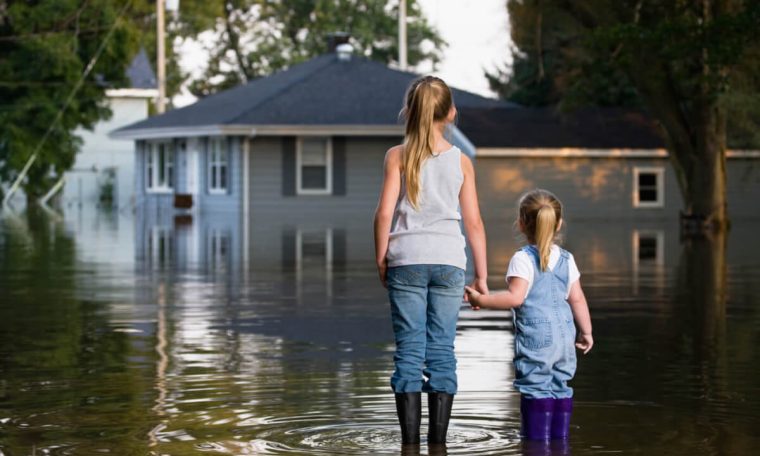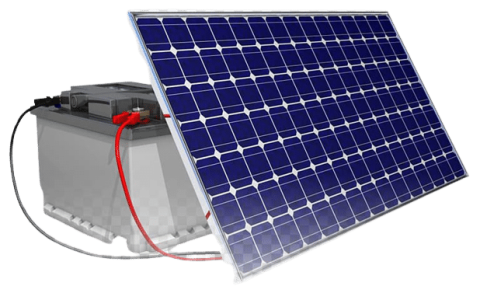
Water damage can wreak havoc on residential properties, disrupting daily life and jeopardizing safety. In this comprehensive guide to residential water damage restoration, we delve into effective strategies to mitigate damage, restore affected areas, and prevent future incidents. From identifying common sources of water damage to implementing restoration techniques, empower yourself with the knowledge needed to navigate through these challenging situations.
Understanding Residential Water Damage Restoration
Water damage encompasses a wide range of issues, from minor leaks to catastrophic floods. Recognizing the signs of water damage is crucial for prompt intervention and mitigation. Residential Water Damage Restoration is a process of repairing and restoring a home that has been affected by water damage. This damage can be caused by various factors such as burst pipes, leaking roofs, flooding, or plumbing failures. Here are the key steps involved in residential water damage restoration.
Identifying Common Causes of Water Damage
Water damage can stem from various sources, including burst pipes, leaky appliances, and natural disasters. Understanding the underlying causes is the first step towards effective restoration.
Assessment and Inspection
The first step is to assess the extent of the water damage. Professionals will inspect the affected areas to determine the source of the water, the extent of the damage, and the category of water (clean, gray, or black) involved.
Water Removal
The next step is to remove standing water from the property using pumps, wet vacuums, and other water extraction equipment. It’s crucial to remove water as quickly as possible to prevent further damage and mold growth.
Drying and Dehumidification
After water removal, the affected areas need to be thoroughly dried and dehumidified to prevent mold and mildew growth. Professionals use industrial-grade air movers and dehumidifiers to speed up the drying process.
Cleaning and Sanitization
Once the area is dry, the affected surfaces are cleaned and sanitized to remove any remaining contaminants or bacteria. This may involve using antimicrobial agents and specialized cleaning techniques to ensure the space is safe and sanitary.
Damage Repair and Restoration
After cleaning, repairs and restoration work can begin. This may include repairing damaged walls, floors, ceilings, and other structural elements. Carpets, drywall, insulation, and other materials may need to be replaced if they cannot be salvaged
Preventing Future Water Damage
Implementing proactive measures is key to preventing recurrent water damage. Explore practical tips for safeguarding your home against future incidents, from routine maintenance to installing water detection systems. this is how we can prevent future damage:
Regular Maintenance
Conduct regular inspections of your home’s plumbing, roof, gutters, and drainage systems. Look for signs of leaks, cracks, or damage, and address any issues promptly.
Roof Maintenance
Keep your roof in good condition by inspecting it regularly for missing or damaged shingles, flashing, and seals. Repair any leaks or damage to prevent water from seeping into your home.
Gutter Maintenance
Clean and inspect your gutters and downspouts regularly to ensure they are free of debris and obstructions. Properly functioning gutters and downspouts help channel water away from your home’s foundation and prevent water damage.
Landscaping
Ensure that the grading around your home slopes away from the foundation to prevent water from pooling around the structure. Consider installing French drains or other drainage solutions if needed.
Restoration Techniques for Residential Properties
Restoring a water-damaged home requires a systematic approach and specialized equipment. Learn about proven techniques for efficient and thorough restoration.
Water Extraction and Drying
Swift water extraction and drying are paramount for preventing further damage and mold growth. Discover effective methods for removing excess water and restoring optimal humidity levels.
Structural Repairs and Renovation
Addressing structural damage is essential for restoring the integrity of your home. From repairing damaged walls to replacing compromised materials, prioritize structural repairs during the restoration process.
Mold Remediation
Mold growth is a common consequence of water damage and poses significant health risks. Learn about professional mold remediation techniques to ensure a safe and healthy living environment.
Cost-Effective Solutions for Water Damage Restoration
Dealing with water damage can be financially daunting, but cost-effective solutions are available to homeowners. Explore budget-friendly restoration options without compromising quality or effectiveness.
DIY Restoration Tips
While professional intervention is often necessary for extensive water damage, there are certain tasks that homeowners can tackle themselves. Discover DIY tips for minor repairs and restoration projects.
Insurance Coverage and Claims Process
Navigating insurance coverage for water damage can be complex. Understand your policy, document damage thoroughly, and follow the proper procedures to expedite the claims process.
Choosing the Right Restoration Service
Selecting a reputable restoration service is crucial for successful restoration outcomes. Consider factors such as experience, certifications, and customer reviews when choosing a restoration company.
Conclusion
Residential water damage can be a challenging ordeal, but with the right knowledge and resources, homeowners can navigate through the restoration process successfully. By understanding the causes of water damage, implementing preventive measures, and enlisting professional Home Restoration Service when needed, you can restore your home to its former glory and ensure a safe and comfortable living environment for you.



